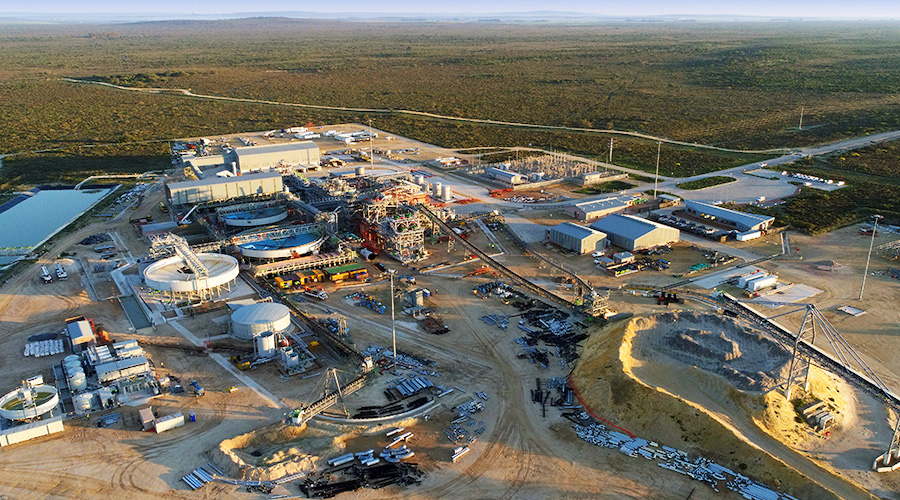Introduction
South African National Parks (SANParks) has officially rejected a proposal by Kropz Plc, a phosphate mining company largely owned by billionaire Patrice Motsepe’s African Rainbow Capital Investments, to extend its operations into the West Coast National Park. The decision underscores the ongoing tension between industrial development and environmental conservation in South Africa.
Key Details
Kropz applied in March to mine phosphate—a critical component in fertilizer production—within the boundaries of the West Coast National Park, a biodiversity hotspot. The park, located on South Africa’s western coastline, is renowned for its ecological significance, hosting over 250 bird species, ancient human footprints, and vibrant seasonal wildflower blooms that attract tourists nationwide.
The proposal faced immediate opposition from conservation groups, including the World Wide Fund for Nature (WWF), which is already in a legal battle with Kropz over its nearby Elandsfontein mine. SANParks spokesperson JP Louw emphasized that mining activities are strictly prohibited in declared national parks, a stance that led to the rejection of Kropz’s application.
Kropz, which acquired the Elandsfontein phosphate deposit in 2010, operates an open-pit mine with a capacity of one million tonnes annually. Despite its ambitions to become a leading plant nutrient company in sub-Saharan Africa, the company has encountered persistent environmental pushback and financial challenges, with its shares suspended in mid-April after a 55% value drop, leaving its market capitalization at £9.5 million ($12.7 million).
Analysis and Perspective
While Kropz’s pursuit of phosphate mining aligns with the global demand for agricultural resources, the decision by SANParks raises critical questions about the balance between economic growth and environmental preservation. The West Coast National Park’s unique biodiversity and cultural heritage arguably outweigh the short-term benefits of mining expansion. However, one might question whether alternative solutions, such as stricter environmental safeguards or compensatory conservation efforts, could have been explored to address both Kropz’s interests and ecological concerns. Additionally, Kropz’s financial struggles suggest deeper operational or strategic issues that may need resolution beyond mere expansion plans.
The legal disputes with groups like WWF also highlight a broader systemic issue: the need for clearer regulations and dialogue between mining companies and conservation stakeholders. Without such frameworks, conflicts like this are likely to persist, stalling both development and protection efforts.
